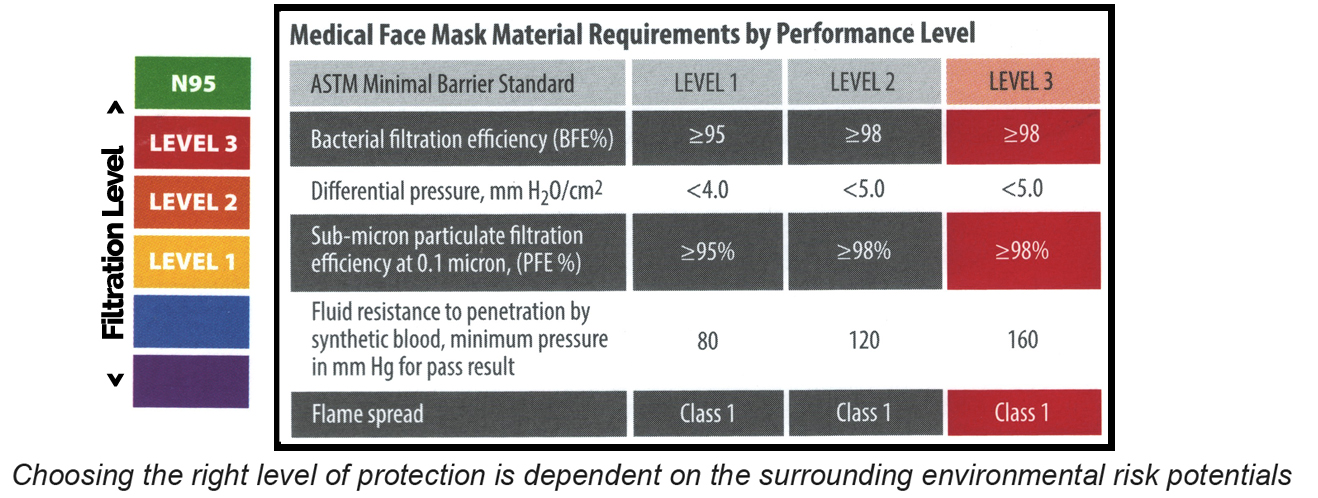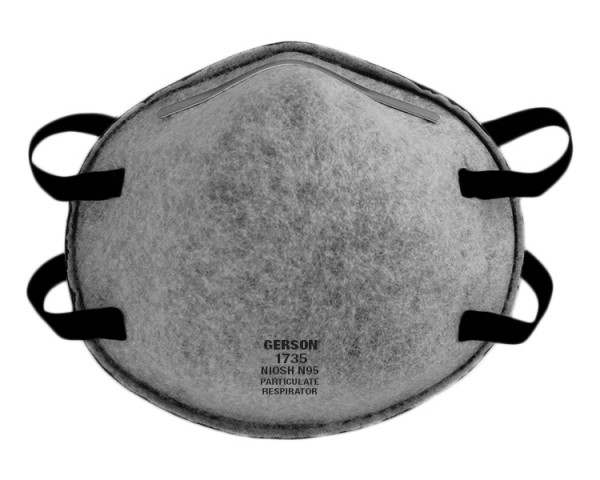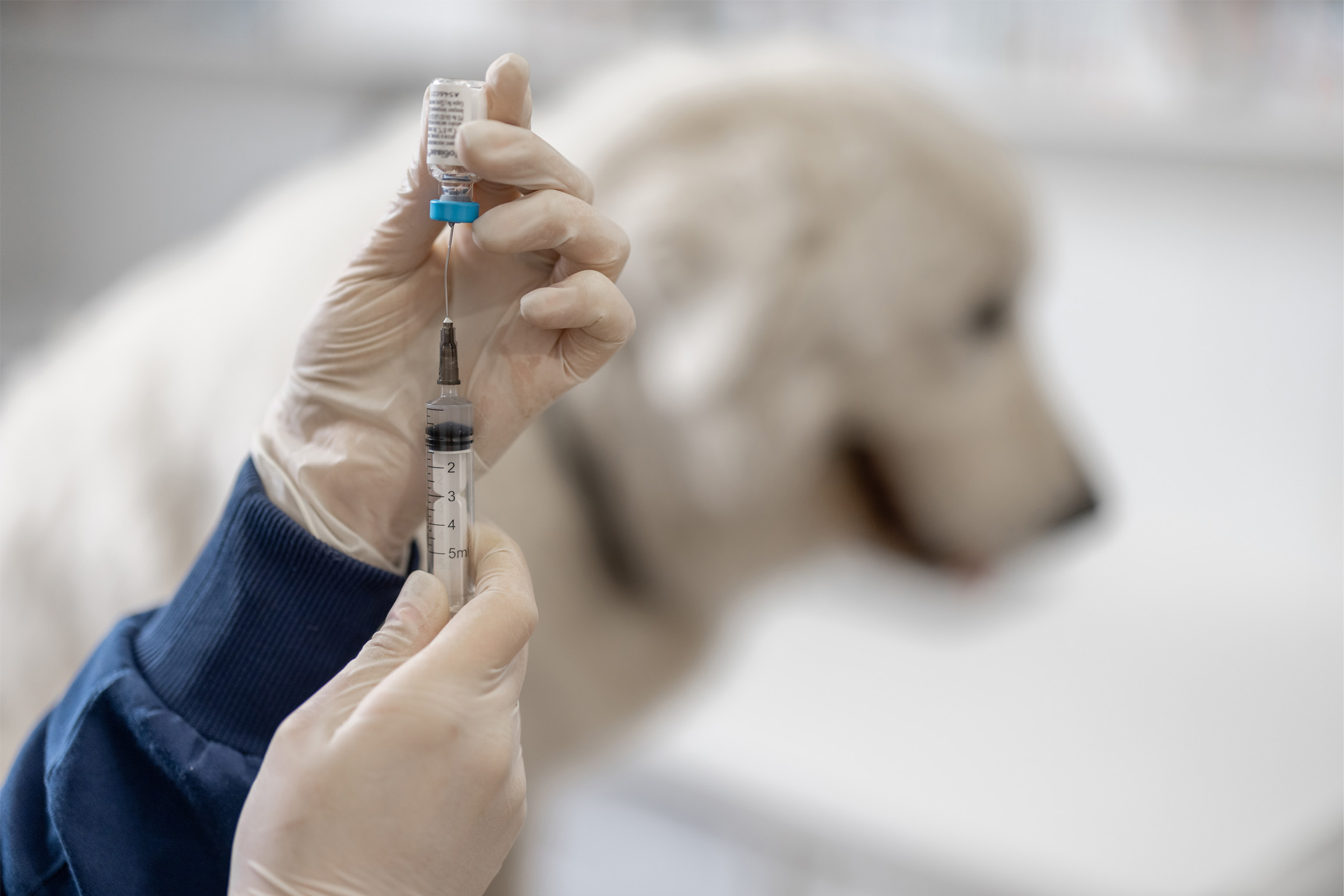Understanding Mask Ratings and Protections
Is an N95 approved respirator or face mask required to protect you from airborne pathogens? Are surgical masks “useless”? Good question since there is so much conflicting information out there! The short answer is that N95 or higher rated masks provide the maximum protection at filtering out airborne pathogens. N95 has a bacterial filtration efficiency (BFE %) of 99%. A few masks rated N99 have a BFE % of 99.9%. What about respirators / masks that do not meet those standards? Lower rated respirators / masks are generally grouped into one of three categories. ASTM Levels 1, 2, or 3. If you look at the chart above, you will see that ASTM level 2 and level 3 have a BFE of 98%. Whereas ASTM level 1 still has a BFA of 95%. The Gerson 1735 Mask is an N95 rated Mask. Which means both airborne and fluid based pathogens are blocked.
The Gerson 1735 Mask is an N95 rated Mask. Which means both airborne and fluid based pathogens are blocked.
So, why such a difference in ratings? The primary feature where there is a significant difference in performance between these categories is in Fluid Resistance. This measure is determined by launching synthetic blood at a specified velocity and measuring the resistance to penetration. The higher the number, the better the mask is rated for Fluid Resistance.
What if I find a surgical mask without any ASTM rating? Many surgical mask manufacturers simply do not have the resources to send their mask for NIOSH or ASTM testing (it is by no means free). However, as a general rule of thumb most all 3 ply surgical masks contain the same components as an ASTM level 1 rated mask, meaning they have a BFE of up to 95%. Even 2 ply surgical masks generally provide a BFE of 80% - 90%, which is certainly better than nothing. In fact, logic would dictate that if two 2 ply surgical masks were worn doubled up, you would be wearing at least the equivalent of a 3 or 4 ply mask. Even mask that are rated as just “dust masks” can be double, or even triple layered to boost effectiveness.
 The Ultra Spec 3-PLY earloop Surgical Face Mask (BFE 95%). Which means it is rated to prevent airborne pathogen transfers.
The Ultra Spec 3-PLY earloop Surgical Face Mask (BFE 95%). Which means it is rated to prevent airborne pathogen transfers.
Recent Posts
-

-
 Yesenia04/25/2024
Yesenia04/25/2024The 12 Must Have Essential Oil Video Series
-
 Yesenia04/21/2024
Yesenia04/21/2024Med Lab Supply – Your One Stop Shop for Wound Care Supplies










